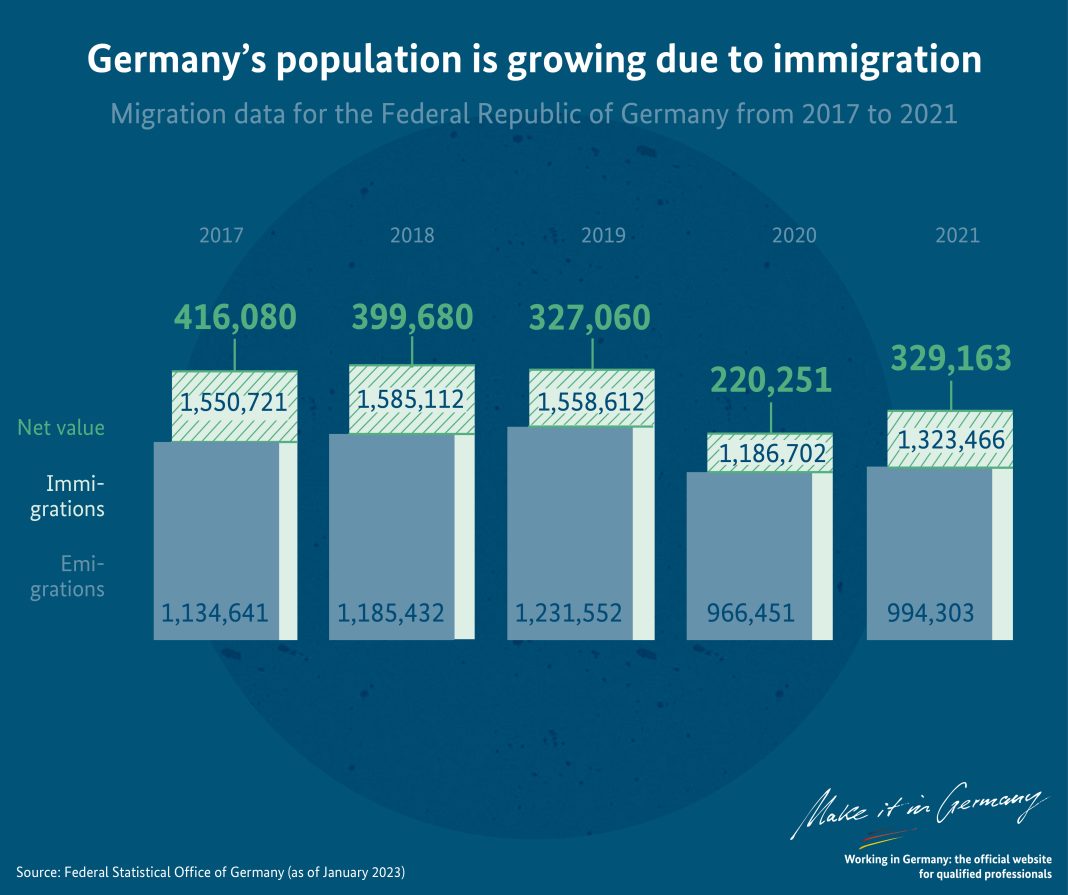
Overtime pay has long been a topic of debate in the United States, with workers and policymakers alike considering its impact on the economy and workers’ well-being. Former President Donald Trump’s campaign promise to eliminate taxes on overtime pay for those who work more than 40 hours a week has sparked both support and concern among economists and market observers.
According to one analysis, Trump’s proposal is expected to lower federal revenues by nearly $227 billion over the next decade. This figure could increase significantly depending on the specifics of the plan. If all overtime pay is exempted from the individual income tax, the revenue reduction could reach as high as $1.1 trillion. However, it is worth noting that these figures do not include federal interest costs.
Garrett Watson, a senior policy analyst at The Tax Foundation, highlights the potential challenge of implementing this policy alongside other tax cuts, which amount to roughly $6.1 trillion. With the federal government already facing a budget deficit of $1.9 trillion, the impact on government coffers would depend on how the former president institutes this policy.
While the potential economic effects of eliminating taxes on overtime pay are mixed, there are certain labor conditions and trends that could be influenced. Americans have been working fewer hours in recent years, with the median hours worked declining by nearly 2 percent between December 2019 and December 2023. The average hours worked per week in 2023 was 38.5, down from 38.6 the previous year. Additionally, the U.S. Chamber of Commerce estimates that the economy is currently missing 1.7 million people from the workforce compared to February 2020.
Trump’s proposal could potentially incentivize workers to accept additional hours or request more overtime work, thus addressing the worker shortage to some extent. Under the current tax structure, workers may be discouraged from working overtime due to the fear of being placed in a higher tax bracket. By providing a lower tax rate or eliminating it altogether, the proposal aims to remove this disincentive.
However, there are challenges that may arise from implementing this policy. One concern is the increased administrative complexities and compliance costs associated with exempting a portion of wage income. This could complicate the tax code and require additional information reporting from employers and employees.
In terms of legislative action, Trump’s proposal would require Congressional approval. In July, Rep. Russ Fulcher introduced the Keep Every Extra Penny (KEEP) Act, which seeks to eliminate income taxes on overtime pay. While this is the first attempt at the federal level, it remains to be seen whether Congress will pass such legislation.
Overall, Trump’s proposal to eliminate taxes on overtime pay has sparked a conversation about the taxation of overtime income and its potential impact on workers and the economy. The proposal has both supporters and critics, and its ultimate fate will depend on the decisions made by policymakers in Congress.


